Originally ©2019 by Tony Land, CCR Instructor, updated ©2024
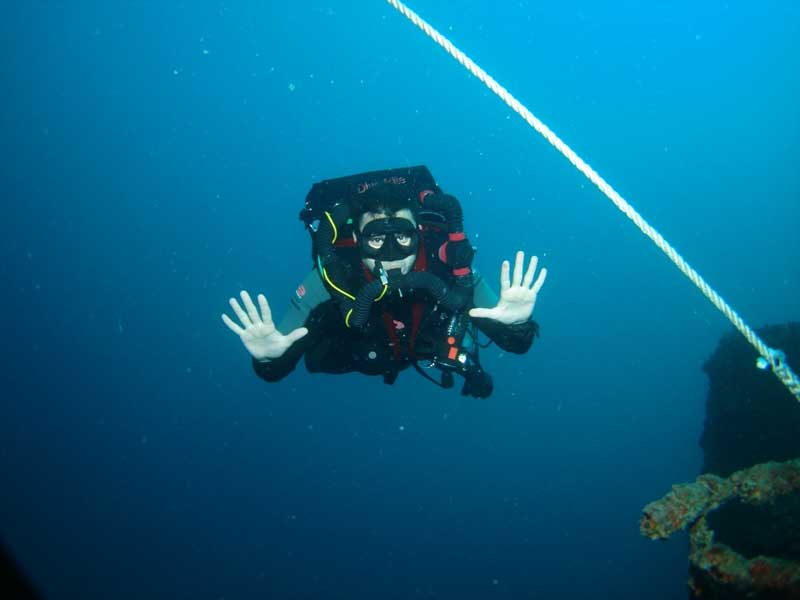 I’ve been involved with rebreathers professionally for well over a decade. I was lucky enough to work for a dive shop whose owner was an early adopter of rebreather diving. It was 2006 in Pompano Beach, Florida, where I was first exposed to the technology, and then soon after was certified to dive one, and purchased my first unit. Over the years, I have been become certified on seven different models and dived twelve different rebreather sets under the supervision of an instructor. More than that, I’ve helped a great many rebreather divers in sales, support, maintenance and troubleshooting, both in-person and online. I’ve taught or assisted with rebreather classes at all levels, at one point across a product line of a dozen different rebreather manufacturers. I’ve learned a tremendous amount in this time and hope to share some of that with you in this article.
I’ve been involved with rebreathers professionally for well over a decade. I was lucky enough to work for a dive shop whose owner was an early adopter of rebreather diving. It was 2006 in Pompano Beach, Florida, where I was first exposed to the technology, and then soon after was certified to dive one, and purchased my first unit. Over the years, I have been become certified on seven different models and dived twelve different rebreather sets under the supervision of an instructor. More than that, I’ve helped a great many rebreather divers in sales, support, maintenance and troubleshooting, both in-person and online. I’ve taught or assisted with rebreather classes at all levels, at one point across a product line of a dozen different rebreather manufacturers. I’ve learned a tremendous amount in this time and hope to share some of that with you in this article.
The topic of choosing one’s first rebreather is an interesting discussion that is often controversial. Rebreather divers and instructors have great enthusiasm for the product they own or teach. The debates about which rebreather is ‘the best’ sometimes are very impassioned and I am no different in that regard. To be very clear, this article is not about my views on which rebreather is best. It is however, about how you should approach the process of choosing your first rebreather.
Understand, there is no perfect rebreather
If you’re looking for the Shangri-La of rebreathers, you can stop now. All of them have their pros and cons. Accept that whatever decision you make will be a compromise in some way. If you hear someone tell you their rebreather is perfect, they are mis-informed. Much like choosing an automobile, there are different features, different options, different ways of doing something, and even different cosmetic points that all appeal to different diving needs and different personalities.
Learn rebreather basics first ...
Before you go any further, get an understanding of rebreather fundamentals. Learn the basic components of a rebreather, what they do, how they work and familiarize yourself with the differences. You will discover there is some unfamiliar terminology and many acronyms that are commonly used when discussing rebreather diving. Start off with a couple of books: The Basics of Rebreather Diving by Jill Heinerth and Rebreathers Simplified by Mel Clark. While a bit dated, these books will lay the groundwork for rebreather basics and how they all tie together. Divers considering buying their first rebreather also need basic information about training, course descriptions, costs and logistics. A good place to start is the article Rebreather Training.
Then, talk to rebreather divers
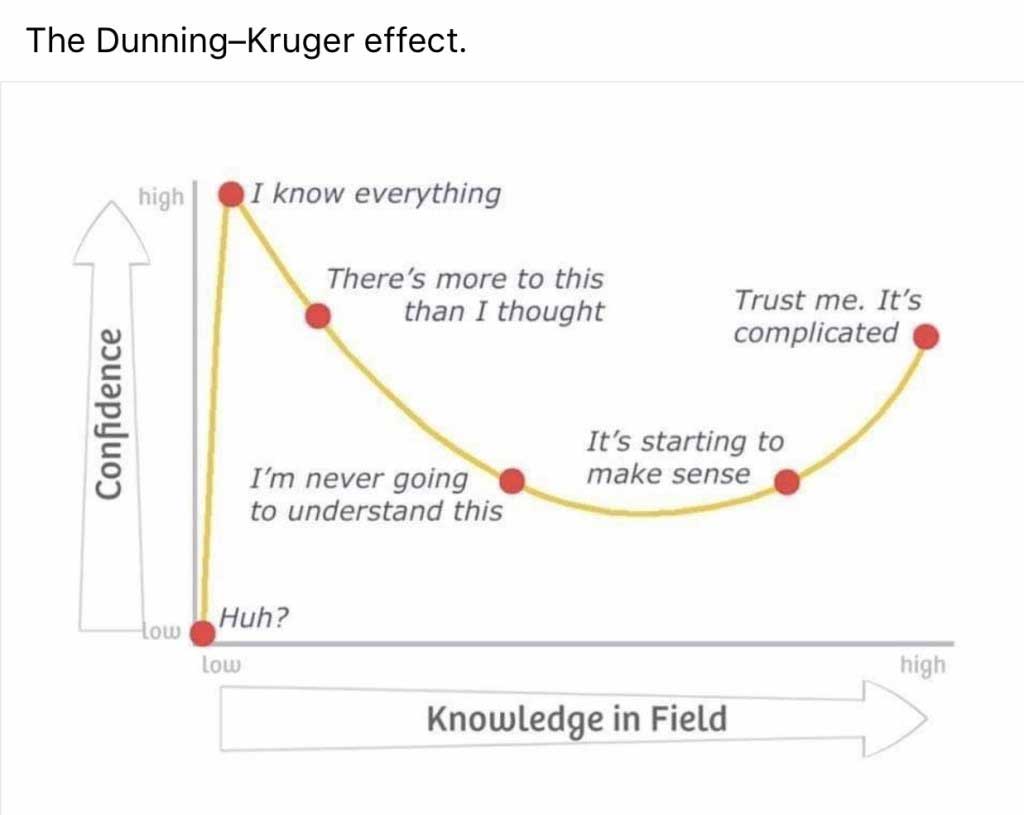 Seek out those who have many years of diving with rebreathers together with plenty of in-water time. Often these are the ones who have owned multiple units, and have learned from their practical experiences. If you have the opportunity, ask them to take you through the major components of their rebreather. Of course ask people what they like about their rebreather, but also ask what they don’t like. Here's a good question to ask any rebreather diver: “If the brand you dive never existed, what would you dive?”
Seek out those who have many years of diving with rebreathers together with plenty of in-water time. Often these are the ones who have owned multiple units, and have learned from their practical experiences. If you have the opportunity, ask them to take you through the major components of their rebreather. Of course ask people what they like about their rebreather, but also ask what they don’t like. Here's a good question to ask any rebreather diver: “If the brand you dive never existed, what would you dive?”
Recognize that every diver you will speak with has some sort of bias, and instructors may have a financial interest in promoting a certain rebreather. You will also encounter individuals who don’t know what they don’t know -- a bias called the Dunning-Kruger effect in which people with limited competence in a particular field overestimate their abilities and knowledge. I once heard a rebreather diver say “Nothing breathes as good as a Meg.” I asked him, "What other units have you tried?" And he replied "None!" It’s hard to say nothing tastes better than a Pepsi, if you’ve never tried a Coke.
An important caution is to use critical thinking when forming your opinions: A surprising amount of the information you will encounter about rebreathers is incorrect. While I don't believe most of this mis-information is deliberate, much of the rebreather information I hear from divers and encounter on the internet is inaccurate or very outdated, and some is just downright wrong. There are many competent and well informed rebreather divers, a few of whom have published excellent articles or videos on the internet. However, being new to rebreathers, keep in mind you'll have trouble deciphering what information is reliable.
Do not get a brand just because it’s what your friends dive
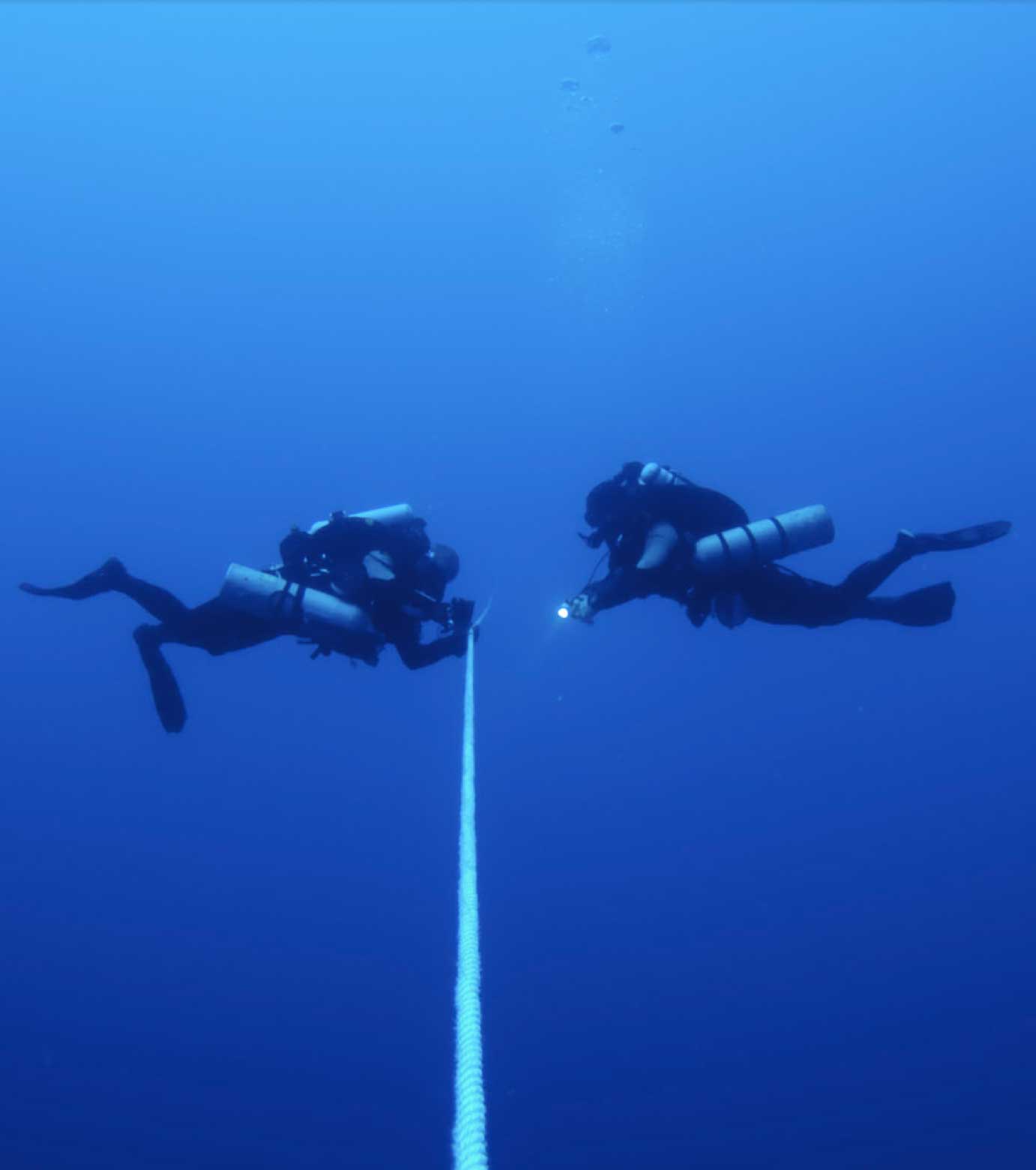 Many divers feel comfort in knowing they can get support, spare parts, or just tips and tricks from divers in their local circle. Certainly here is something to be said for a local support system - sometimes. Regardless, any good instructor will be reasonably available by phone, email, or video call. A good rebreather manufacturer will offer the same support. From firsthand experience, I know the reputable manufacturers will answer messages at all hours of the day and night to help their customers through various issues. Today, professional support is readily available to you, and with expedited shipping, this largely negates the need for the local assistance.
Many divers feel comfort in knowing they can get support, spare parts, or just tips and tricks from divers in their local circle. Certainly here is something to be said for a local support system - sometimes. Regardless, any good instructor will be reasonably available by phone, email, or video call. A good rebreather manufacturer will offer the same support. From firsthand experience, I know the reputable manufacturers will answer messages at all hours of the day and night to help their customers through various issues. Today, professional support is readily available to you, and with expedited shipping, this largely negates the need for the local assistance.
My thoughts about "try dives"
A try dive is an in-water experience with a rebreather under very controlled conditions that is not intended as training. There are generally two types of try dives:
The first type is the "group" try-dive where participation is free or for a trivial fee. This is when previously assembled rebreathers are briefly worn in a pool or confined water under the supervision of an instructor or qualified assistant. The silent bubble-free experience may be interesting but the reality is rebreather buoyancy control in a pool is especially difficult; the rebreather is often not configured correctly for the individual and thus ill-fitting; counterlung placement and thus work-of-breathing usually isn’t optimal either; and your time on the rebreather is very limited. Most importantly, you lack the knowledge to understand much about the experience. I'll apologize to my instructor friends who I see conduct a lot of these, but sadly pool try-dives are useless for choosing your first rebreather.
The second type of try-dive is conducted to a formal standard, sometimes known as a "discover" session. Typically these experiences are run one-on-one, although most standards allow up to two divers with an instructor in open-water. They are a longer session in which you will have the opportunity to hear answers to your questions, observe assembly and maintenance, plus receive individualized attention in the pool while using a properly configured rebreather. Discover type try-dives optionally include a shallow open-water dive that can provide a little more aid to your decision making process, but take this too with a big grain of salt. It’s a lot of information crammed into a short amount of time, and you'll often forget most of it.
Learn about the manufacturer
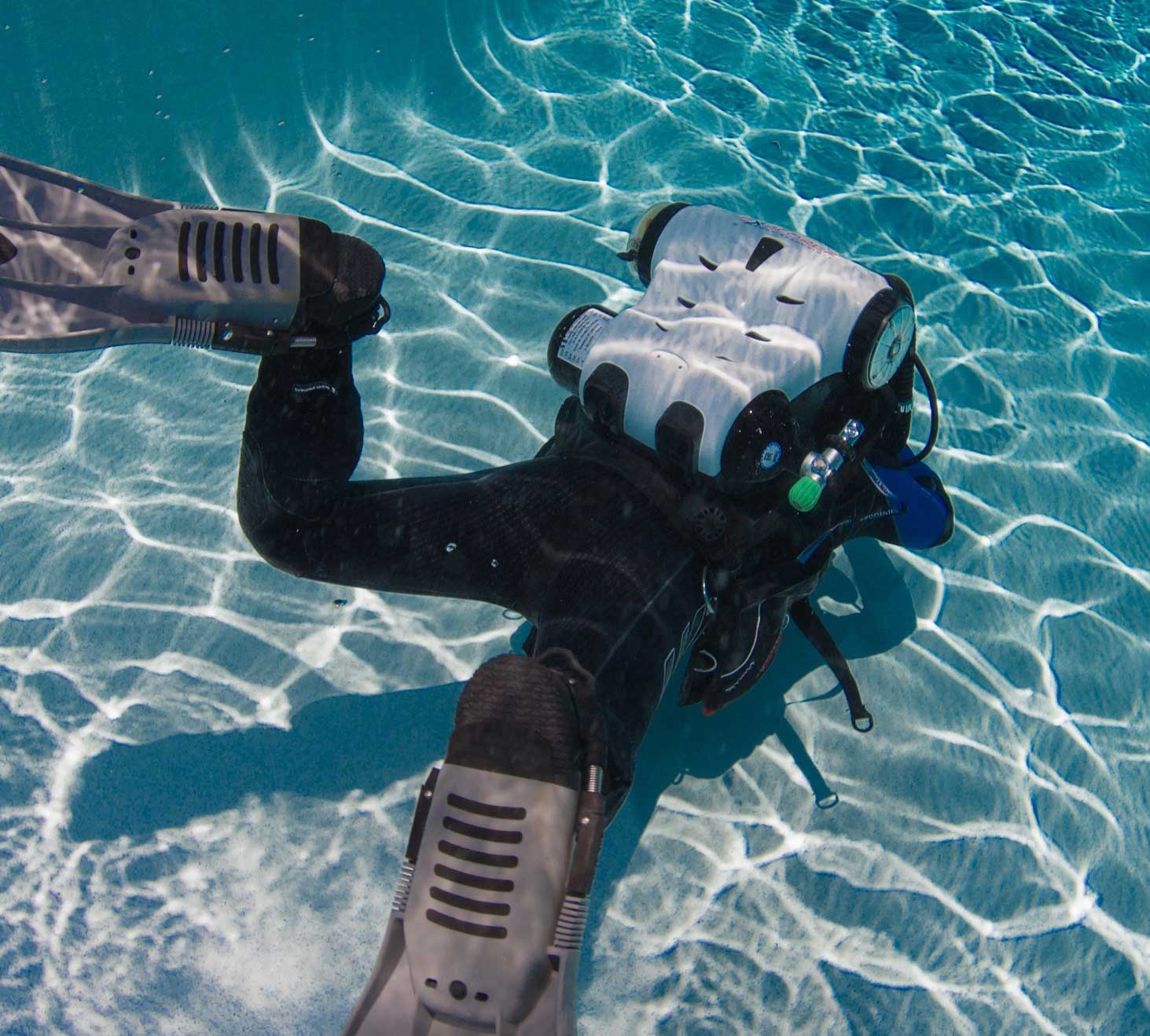
Do some research on the manufacturer of the rebreather, and find out:
- How established is the manufacturer and their design? When choosing your first rebreather, avoid start-up manufacturers with the "latest and greatest" designs. The map of rebreather history has many expensive dead ends. The good news today is that as long as your first rebreather is a proven mainstream design from a well established manufacturer then you cannot make a bad choice.
- Do they engage in rigorous formal testing? This is an important key to identifying reputable rebreather manufacturers. While rebreathers as a concept are pretty straightforward, it turns out building a rebreather isn't as simple as it might appear. Reputable manufacturers have their rebreather designs extensively tested to make sure the product performs as intended.
- What kind of service and support do they have? A rebreather is a mechanical device and any mechanical device will fail at some point, regardless of who made it, or how tough they say it is. Most types of equipment failures can be mitigated with proper preventative maintenance. Here are a few questions:
- How hard is it to do the maintenance and service?
- Can you do the service yourself, or does it need to be sent somewhere?
- If you don't wish to do the service, where is the nearest service center?
- What sort of reputation does the manufacturer have?
Summary
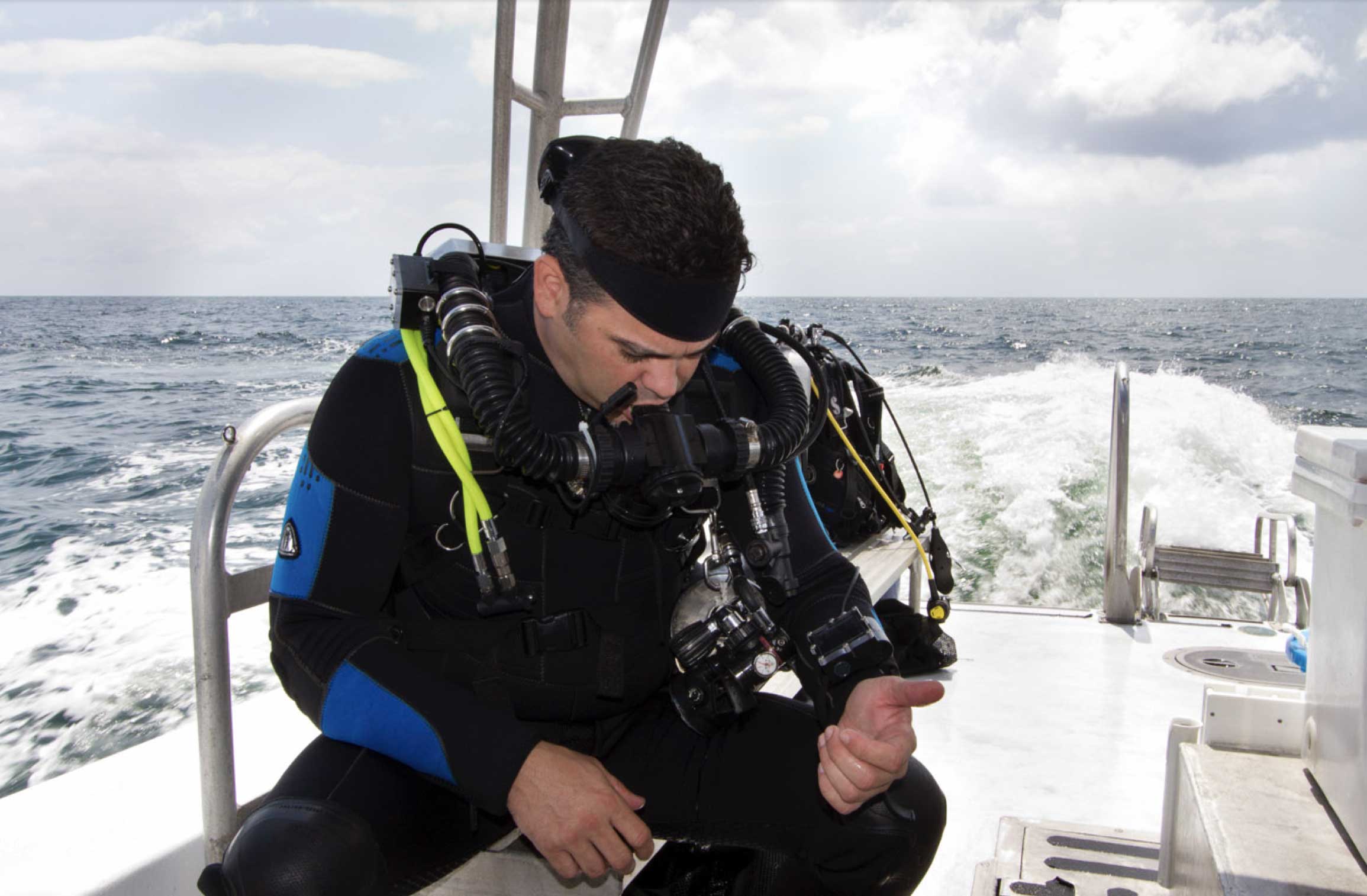 I began by saying there is no perfect rebreather. In this article, I've made no endorsement for any particular rebreather. While there are a few units that I personally like, I don't mention them because what suits my particular needs and desires might be completely different from what you are seeking. What I am advocating is that you conduct open-minded research. Ask lots of questions, apply critical thinking and then formulate your own informed opinion. Don't allow yourself to be overly influenced by the internet, your friends or try-dive experiences. Lastly, do your due diligence on the manufacturers of the rebreathers you are considering.
I began by saying there is no perfect rebreather. In this article, I've made no endorsement for any particular rebreather. While there are a few units that I personally like, I don't mention them because what suits my particular needs and desires might be completely different from what you are seeking. What I am advocating is that you conduct open-minded research. Ask lots of questions, apply critical thinking and then formulate your own informed opinion. Don't allow yourself to be overly influenced by the internet, your friends or try-dive experiences. Lastly, do your due diligence on the manufacturers of the rebreathers you are considering.